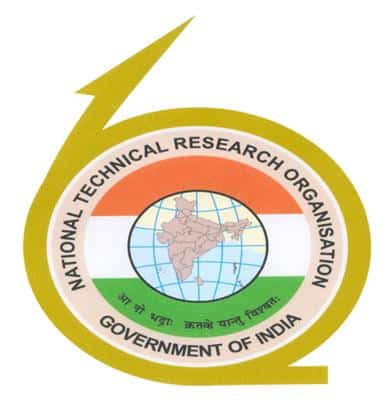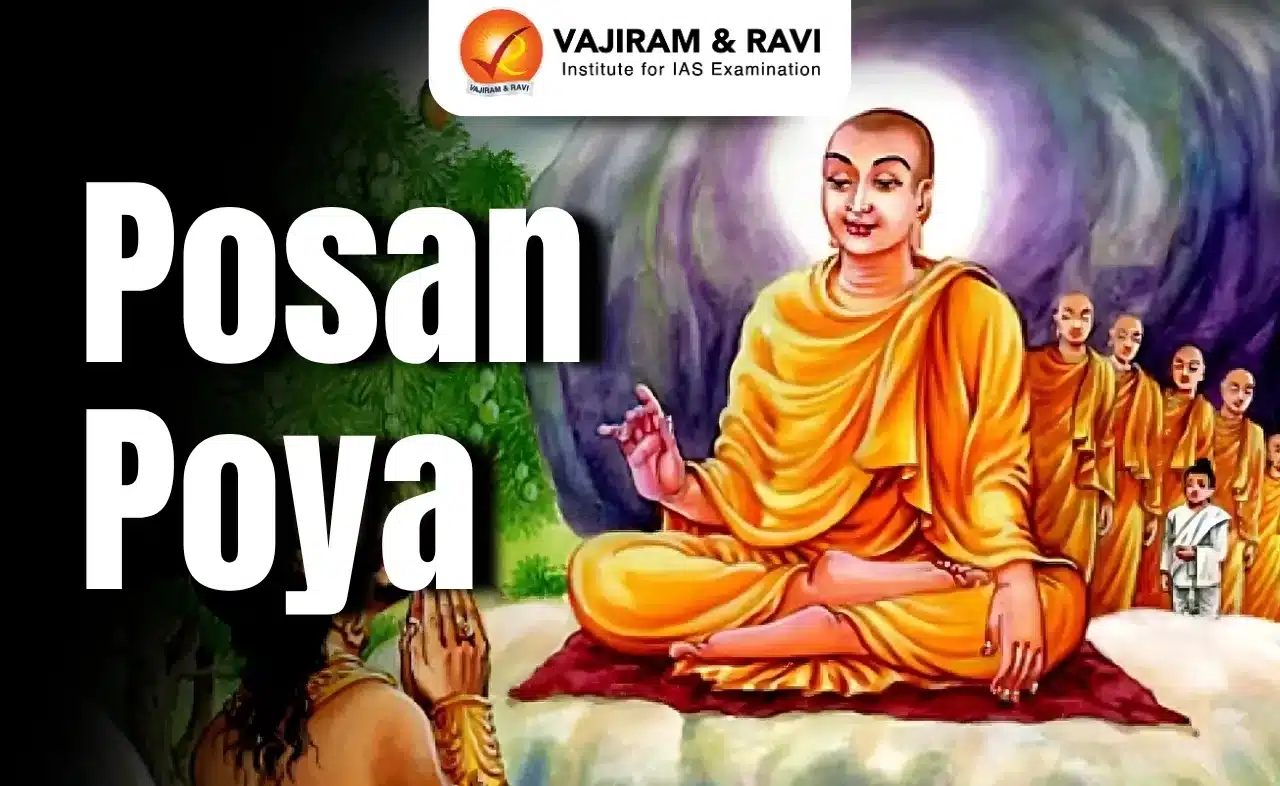About National Technical Research Organisation (NTRO):
- It is a technical intelligence Agency under the National Security Advisor in the Prime Minister’s Office, India.
- It was formed in 2004 to strengthen the country’s national security apparatus.
- It is under the direct control of the Prime Minister’s Office and operates as an autonomous organization.
- Primary Objective: Gather technical intelligence, which involves intercepting and analyzing communications signals, imagery intelligence, and cyber intelligence.
- Other Functions:
- It also provides technical assistance to other intelligence agencies in the country, including the Intelligence Bureau and Research and Analysis Wing.
- It is responsible for maintaining a database of information related to technology and developing advanced tools and techniques for intelligence gathering.
- It also conducts research and development activities in the field of technical intelligence.
- NTRO is headed by a Chairman who reports directly to the Prime Minister of India.
- Its headquarters is located in New Delhi, and it has operational centres in various parts of the country.
Key Facts about Special Protection Group (SPG):
- It is entrusted with the task of providing proximate security to the Prime Minister of India, the former Prime Minister and their immediate family members.
- It was formed in 1985 after the assassination of Prime Minister Indira Gandhi as an executive body on the recommendation of the Birbal Nath committee.
- Later on, it became a statutory body under Special Protection Group Act 1988.
- Governance:
- It is governed by the Cabinet secretariat of India.
- SPG chief is an officer of the rank of inspector-general.
Q1) What is imagery intelligence?
Imagery intelligence is intelligence derived from the exploitation of imagery collected by visual photography, infrared, lasers, multi-spectral sensors, and radar. These sensors produce images of objects optically, electronically, or digitally on film, electronic display devices, or other media.
Last updated on June, 2025
→ UPSC Notification 2025 was released on 22nd January 2025.
→ UPSC Prelims Result 2025 will be out soon for the CSE held on 25 May 2025.
→ UPSC Prelims Question Paper 2025 and Unofficial Prelims Answer Key 2025 are available now.
→ UPSC Calendar 2026 is released on 15th May, 2025.
→ The UPSC Vacancy 2025 were released 1129, out of which 979 were for UPSC CSE and remaining 150 are for UPSC IFoS.
→ UPSC Mains 2025 will be conducted on 22nd August 2025.
→ UPSC Prelims 2026 will be conducted on 24th May, 2026 & UPSC Mains 2026 will be conducted on 21st August 2026.
→ The UPSC Selection Process is of 3 stages-Prelims, Mains and Interview.
→ UPSC Result 2024 is released with latest UPSC Marksheet 2024. Check Now!
→ UPSC Toppers List 2024 is released now. Shakti Dubey is UPSC AIR 1 2024 Topper.
→ Also check Best IAS Coaching in Delhi






















